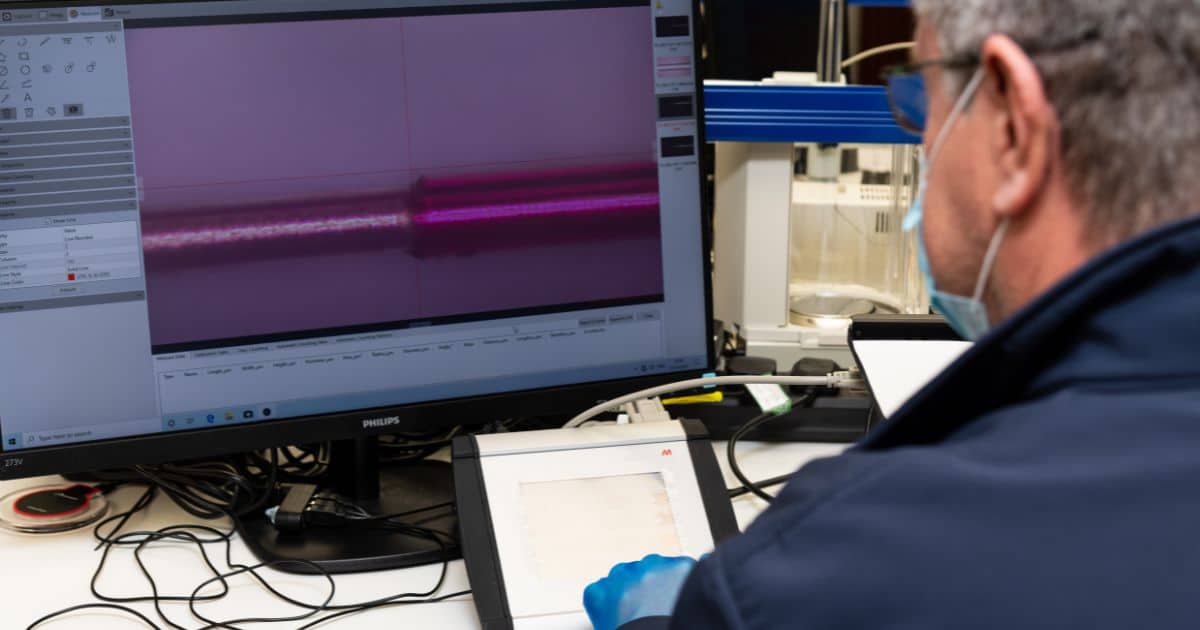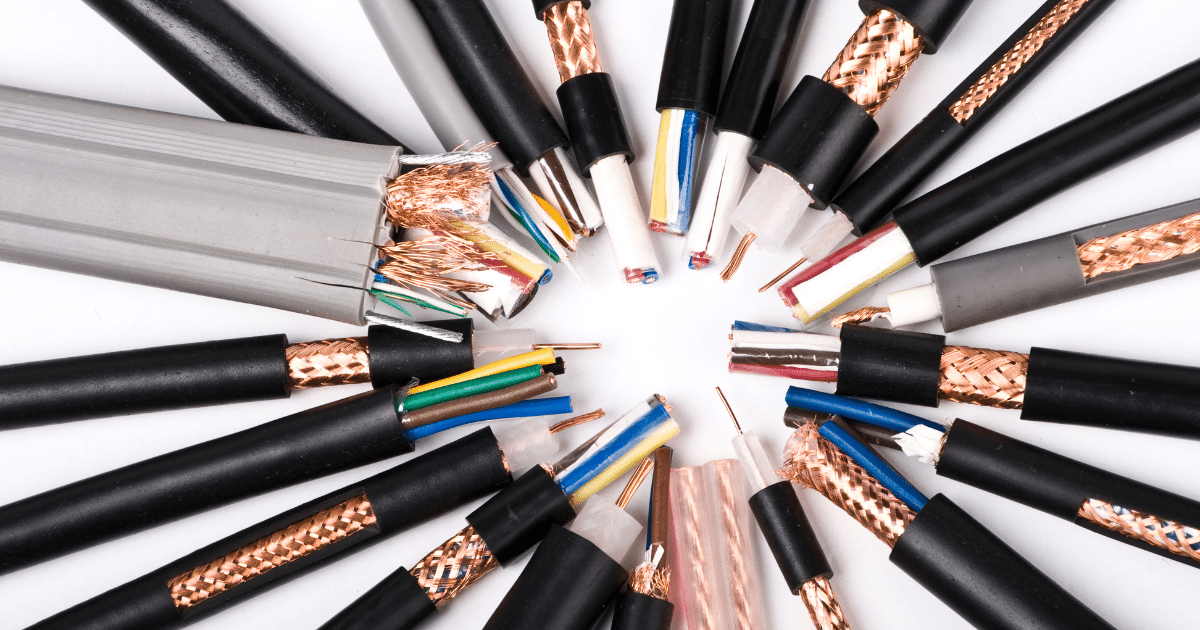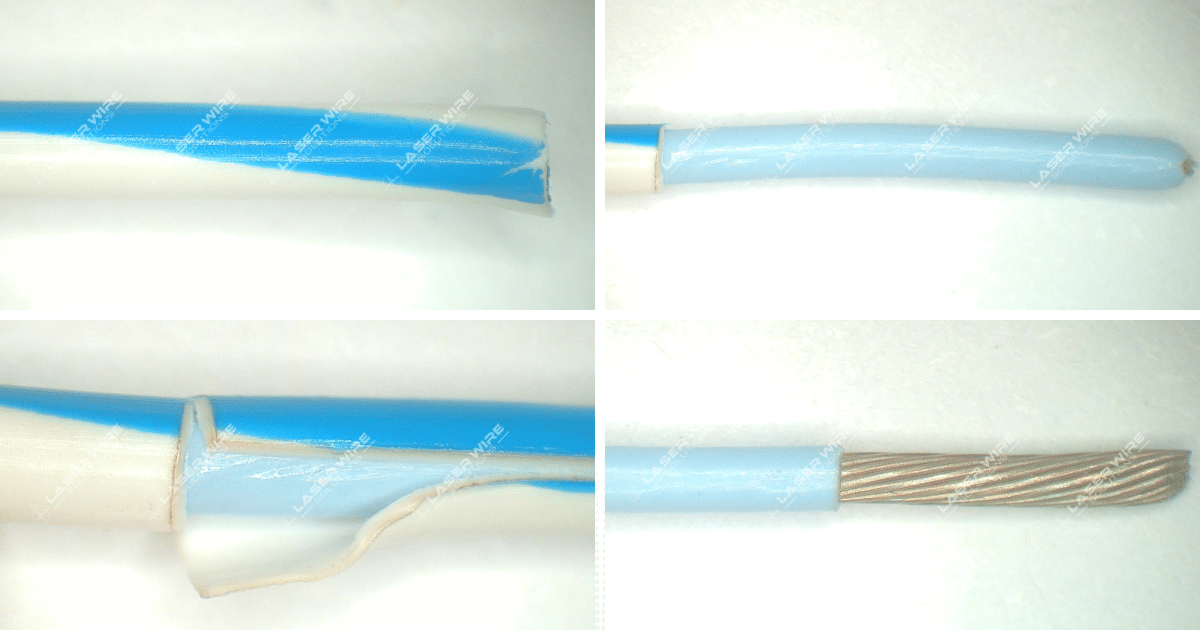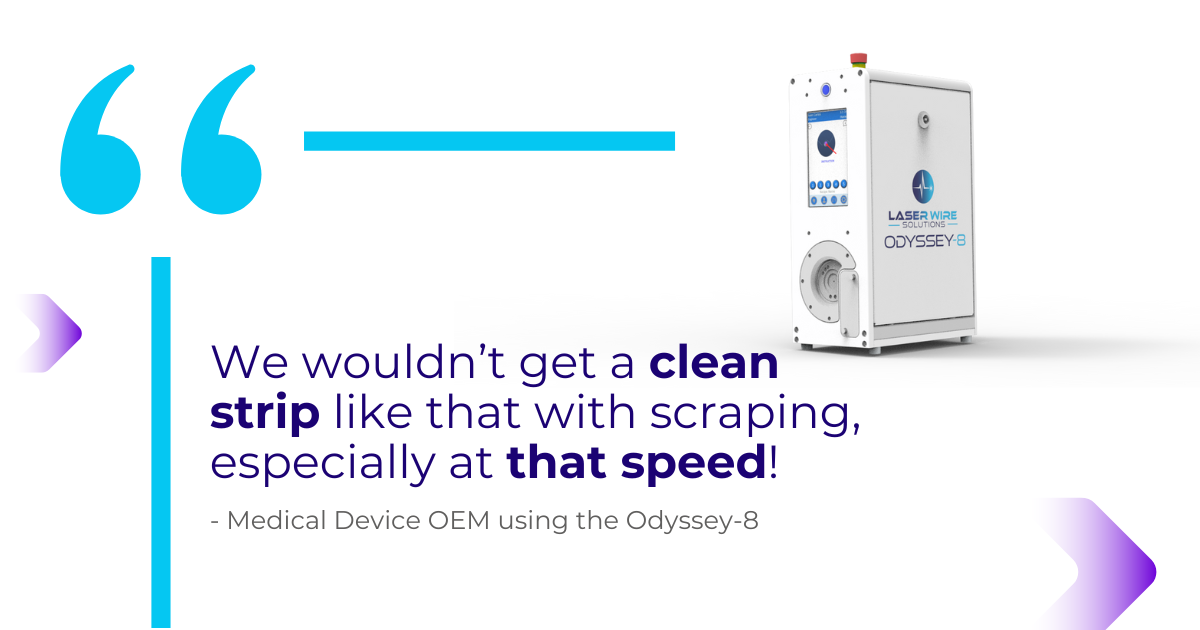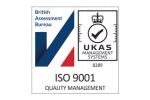In the fast-paced world of manufacturing, industry standards are the bedrock of quality control and efficiency. One technology that has proven instrumental in meeting these standards is laser wire stripping machines. Find out more about the importance of these machines in ensuring compliance with industry standards and enhancing product quality.
The Role of Laser Wire Stripping Machines
Laser wire stripping machines are at the forefront of wire insulation removal technology. They offer a precise, non-contact method to remove insulation from wires, reducing the risk of damaging the underlying metal conductors. This precision is crucial in industries where the integrity of the wire is paramount, such as in aerospace, medical devices, and electronics manufacturing.
Compliance with Industry Standards
Industry standards are set to ensure the safety, reliability, and quality of products, with new insulation requirements for medical device wiring already causing disruption this year in the EU. Laser wire stripping machines play a crucial role in achieving these standards. They provide consistent results, ensuring each wire is stripped to the exact specifications required, and while also being suitable for a wide range of materials. This consistency reduces the risk of product failures and recalls, thereby enhancing a company’s credibility in the market.
Medical Industry
In the medical device manufacturing industry, traditional methods of stripping insulation from wires can prove cumbersome, imprecise, and time-consuming especially as the demand for smaller, more intricate medical devices grows.
Laser wire stripping has become a standard practice a number of the top 10 medical device manufacturers due to its multitude of advantages, with one converting 100% of their wire stripping efforts to lasers. It provides consistently high-quality results, and the laser energy is efficiently absorbed by the insulation while being highly reflected by the underlying metal conductor. This reflective property of the conductor eliminates any risk of damage during the stripping process. And while it may sound more dangerous, the lasers remain concealed in a laser-safe enclosure, making the method safer than the alternatives of chemical dips or blades.
Laser stripping technology also allows wires as tiny as 50AWG and smaller to be stripped without damaging the conductor.
Aerospace Industry
The aerospace industry also utilizes laser wire stripping technologies. The inception of laser wire stripping can be traced back to a 1976 NASA research program aimed at improving wire-stripping methods.
After the introduction of the first commercial CO₂ laser wire stripping machine, there arose a growing demand for further advancements in laser technology. This demand was fuelled by the need to accommodate a wider array of insulating materials and wire types that are fire-resistant and similar to medical devices, becoming smaller.
Enhancing Manufacturing Efficiency
Laser wire stripping machines also contribute to manufacturing efficiency. Traditional methods of wire stripping can be time-consuming and require skilled laborers to achieve the precise insulation removal that meets quality requirements. In contrast, laser wire stripping machines can process large volumes of wires quickly and accurately, reducing production time and costs.
Case Studies
Cast Study 1: Catheter Wiring
A customer working on the production of ablation catheters for cardiac arrhythmia was facing a yield issue when manually stripping 50AWG copper constantan trifilar wires. The result was poor bond strength and occasional explosions during the resistance welding process leading to health and safety concerns for those involved.
The customer required a solution that improved the yield and was safe to use on their factory shop floor by their operatives.
Solution
The customer approached Laser Wire Solutions to process a number of samples of their wire to test the laser wire stripping process. Due to our extensive experience in handling the wire type, the team identified the Odyssey-4 as the most appropriate solution. The team processed the samples and produced a report with their findings to demonstrate our capabilities in handling their wire.
Benefits
- Quick and Simple Process
Multiple wires can be placed on a fixture plate to ensure a high yield with consistent results. Operators could also process a greater number of wires simultaneously improving output.
- Minimal Training Required
Our machines have pre-loaded recipes on start-up which can be optimized. The process requires loading the wire(s) and pressing start, the machine does the rest.
Case Study 2:
A leading electric vehicle manufacturer was struggling with the mechanical processing of foil under coroplast insulation, which often resulted in cut strands in the aluminium inner layer.
They required a solution that would only remove the outer insulation, and not damage the underlaying foil braid.
Solution
They approached Laser Wire Solutions with a sample of their 20mm outer diameter shielded coroflex cables. The Mercury 6, a machine specifically designed for this type of cable, was used to process the material. The machine successfully performed a ring cut and slit on both the outer and inner jackets in approximately 18 seconds each, effectively overcoming the manufacturer’s challenge and paving the way for more efficient production processes.
Benefits
- No Wear Parts
As the laser beam reflects from certain materials, it is considered a non-contact method meaning conductor strands remain intact and there are no wear parts.
- Options for Strip Patterns
Cross cut, window cut, slit and more options available depending on the requirement for the cable connectivity making it a versatile machine.
Laser wire stripping machines are more than just a tool for wire insulation removal. They are a strategic investment that can elevate a business by ensuring compliance with industry standards, enhancing product quality, and improving manufacturing efficiency. As industry standards continue to evolve, these machines will undoubtedly play an increasingly important role in helping businesses stay competitive and compliant.

